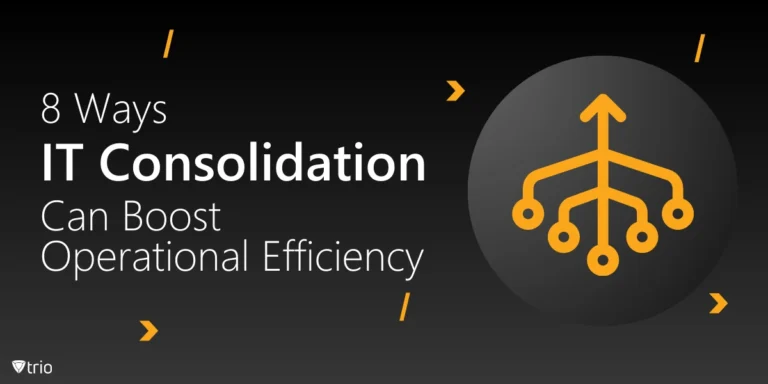In today’s digital landscape, the sophistication of cyber threats is escalating at an unprecedented rate. IT security teams are inundated with data from numerous sources, making it increasingly difficult to identify and respond to potential threats effectively. This challenge is compounded by the sheer volume of information that must be processed, analyzed, and acted upon in real time. The traditional, manual approach to threat management is no longer sufficient to keep pace with the evolving threat landscape.
The Role of Threat Intelligence Platforms (TIPs)
As cyber threats grow in complexity, the need for robust and efficient threat intelligence has never been more critical. However, managing vast amounts of data from multiple sources can overwhelm even the most skilled security teams. This is where automation steps in as a game-changer.
One of the key advantages of automated TIPs is their ability to integrate with other cybersecurity tools and systems within an organization’s infrastructure. By establishing seamless connections between different security tools—such as firewalls, intrusion detection systems, and security information and event management (SIEM) systems—TIPs can deliver a more comprehensive view of the threat landscape. This holistic approach not only improves situational awareness but also enhances the accuracy and relevance of threat intelligence.
Moreover, automated TIPs can be configured to align with an organization’s specific security policies and risk tolerance levels. This customization ensures that the threat intelligence provided is not only timely but also tailored to the unique needs of the organization. For instance, TIPs can prioritize alerts based on the potential impact of a threat, enabling security teams to focus on the most pressing issues first.
The use of machine learning (ML) and artificial intelligence (AI) within TIPs further amplifies their effectiveness. These technologies can analyze patterns within large datasets, identify anomalies, and even predict future threats based on historical data. By continuously learning and adapting, ML and AI-powered TIPs become increasingly adept at distinguishing between genuine threats and false positives, reducing the risk of alert fatigue among IT security teams.
Automated threat intelligence platforms (TIPs) can process and standardize vast amounts of data quickly, allowing IT teams to focus on what’s most critical. According to a recent article from Help Net Security, TIPs not only save time but also enhance collaboration across organizations by enabling seamless sharing of threat data. This collective approach can significantly bolster an organization’s defense against increasingly sophisticated cyber threats (Help Net Security).
For IT admins and managers, investing in automation tools like TIPs is no longer optional—it’s essential for maintaining an effective and proactive cybersecurity posture. As cyberattacks become more coordinated and resourceful, leveraging advanced tools that support data integration and collaboration will help keep your defenses sharp and responsive.
See Trio in Action: Get Your Free Trial Now!
Benefits of Automation in Threat Intelligence
- Speed and Efficiency: Automation allows for the rapid processing of vast amounts of threat data, enabling quicker identification and mitigation of potential threats. This speed is crucial in an environment where delays can lead to significant security breaches.
- Enhanced Collaboration: TIPs facilitate better communication and data sharing across teams and organizations, leading to a more coordinated and effective response to threats. The ability to share intelligence across organizational boundaries is increasingly important as cyber threats become more global and interconnected.
- Scalability: As organizations grow, so too does the volume of threat data. Automated TIPs are scalable, allowing organizations to manage larger data sets without a corresponding increase in manual effort.
Conclusion
Incorporating automation into threat intelligence processes not only enhances the efficiency and effectiveness of IT security teams but also positions organizations to better handle the complexities of modern cyber threats. Leveraging advanced TIPs is essential for staying ahead in the ever-changing cybersecurity landscape. For IT managers, the message is clear: embrace automation to fortify your organization’s defenses and ensure a resilient security posture in the face of evolving threats.




